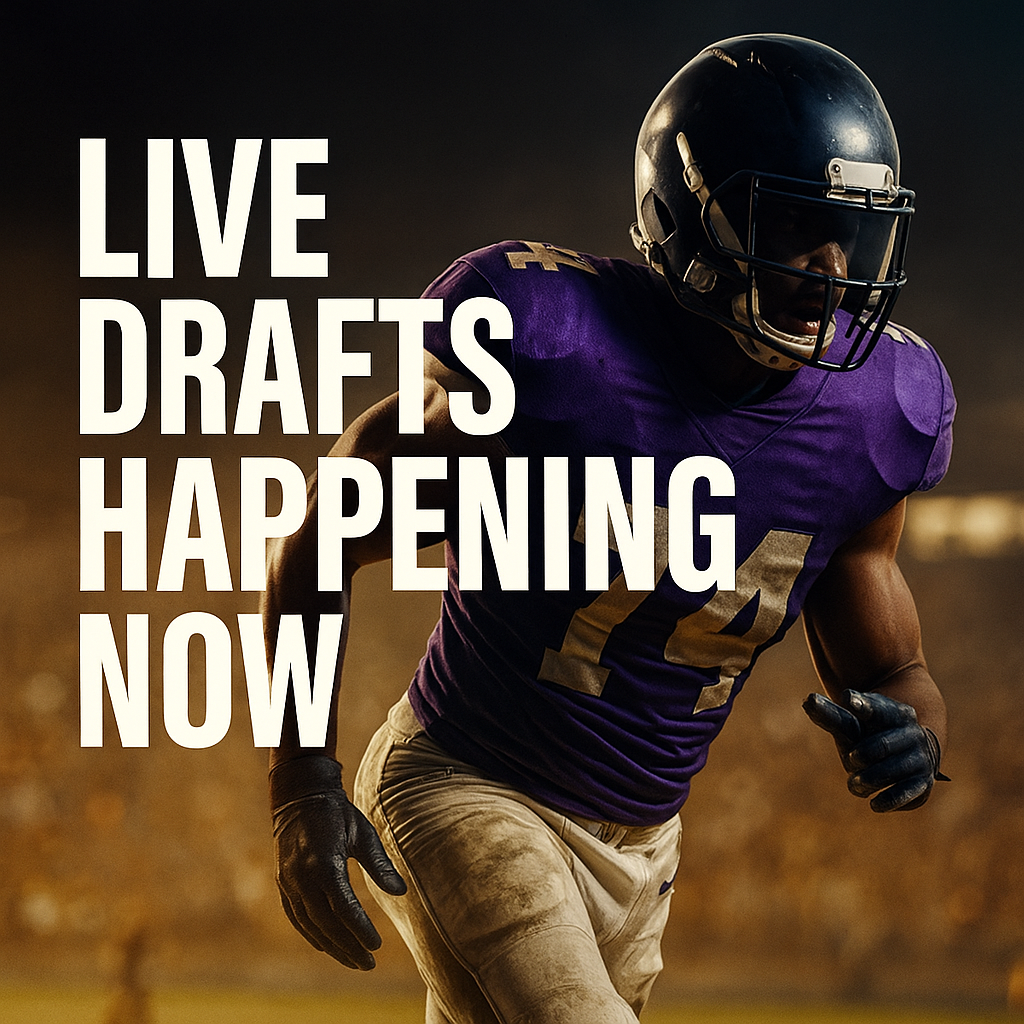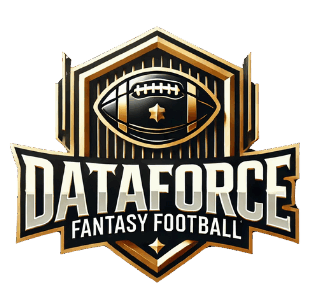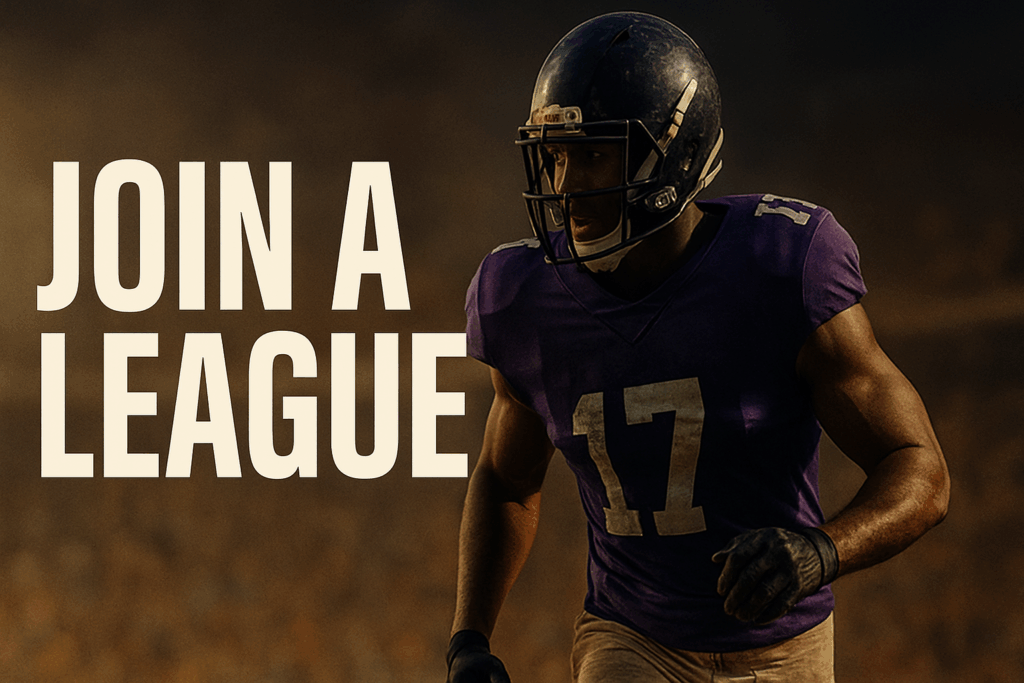In Keeper leagues, where you can only retain five players pre-draft, you often see a flurry of trading activity just prior to keeper selection. Every team wants to trade away the players they don’t intend to keep, hoping to get extra picks, either this year or next.
How much should you pay for a player you need? And how much should you ask for one you don’t need? This article addresses that question in detail, as it discusses trading picks for players prior to keeper selection. We’ll cover these eight lessons:
- Don’t undervalue first-round picks
- Picks in a keeper draft are roughly equal to start-up drafts five rounds later
- Every reasonable keeper has value
- Player values pre-draft are worth about $10 less
- It’s a buyer’s market
- Don’t bother trading for worse than a round 6 pick
- Never trade your stud
- Don’t trade picks that may fetch a stud, either
What is a keeper pick worth?
Let’s first talk about “pick value.” Prior to the draft, each team must pare down their roster to just five players, so even in the most savvy 12-team league, only the top 60 players are retained on rosters.
Therefore, I’ve heard it argued that a first-round pick in a keeper league draft is worth only a sixth-round pick in a start-up draft. Because, of course, the best 60 players are already gone. But it’s not quite that simple. The reason is, it never quite works out that the best 60 players are retained. Several teams each year are forced to drop players that would normally be drafted in the top 60. Moreover, there are always a few rookies that belong in the top 60. So, lesson one: don’t undervalue those first-round picks in keeper drafts! Some surprises will be available.
But as the draft goes on, pick values do tend to normalize. That is, a 3rd-round pick in a keeper draft closes in on the exact value of an 8th-round pick in a start-up draft. A 4th-round pick roughly equals a 9th-round pick in a start-up draft. (To understand why, consider that the further into the draft you get, the more unlikely that someone has retained a keeper who shouldn’t really have been drafted yet. By the 3rd or 4th round of a keeper draft, it’s safe to assume all players drafted or saved as keepers would have been drafted in a start-up draft.)
So here is lesson two: as the draft progresses, a pick in a keeper draft becomes roughly equal to a pick in a start-up draft five rounds later.
Evaluating players versus picks
The hard part comes next. Skip this section and just read the lessons if you hate thinking too hard.
How much is a player worth in comparison to a pick? The kicker in the equation, of course, is that you’re only allowed five keepers. Each team must pare down their roster to just five players, so even in the most savvy 12-team league, only the top 60 players are retained on rosters prior to the draft.
This helps us figure out what a pick is worth, but makes it difficult to tell how much a player is worth. How do you value players when the ones you can’t keep are worth exactly nothing anyway?
But, you see, it’s not quite true. Suppose you have players A, B, C, D, E and F, ranked in that order. You’ll drop F, of course, and you may think that he’s worthless to you. But he’s not. If, for example, you’re able to trade player E for value, then you’ll be able to keep F in his place. So how much more valuable is player E than F? That’s the question you must ponder as you consider trading E.
So F isn’t worthless. He has value because he adds flexibility, giving you the option of trading A through E. As the keeper deadline approaches, of course, you may want to dump F for whatever you can get for him; but until then, he’s your ace in the hole. That’s lesson three: every reasonable keeper has value, up until the last minute.
In DataForce auctions, you’re given $200 to spend. No, I’m not changing the subject; hang in there. That $200 is sort of a standard valuation system. You can put a dollar value on each player or pick, using the $200 auction standard. For example, in The Wonk, we do exactly that. All players are assigned a value, with the most expensive player usually being around $65 and the undraftable players considered to be worth $0. It just gives us a way to compare players and picks. You can learn more about value-based drafting (VBD) by going to the Players Page and clicking Help to read the page text.

Any pick, of course, is worth exactly the value of the player it can be used to select. Now: it turns out that about mid-way through the second round of a keeper draft, the players you can draft will be worth about $10 on this scale. In other words, the 2.6 pick is usually worth about $10. Mathematically, then, if you choose to trade E and keep F, and the difference in value between E and F (according to The Wonk, which uses a $200 auction valuing system) is about $10, you come out even asking for a mid-2nd-round pick. Your team after the draft will be worth about the same, whether you keep E and drop F, or whether you trade E for a 2nd-round-pick and keep F.
Now we turn to your trade partner. He has players V, W, X, Y and Z as his keepers. He hopes to drop player Z, keeping your player E instead. But how much better is E than Z? He comes out ahead if, and only if, the difference in value between E and Z is at least $10. That’s because he’s giving up pick 2.6, which will nab a $10 player during the draft.
The goal in a trade, of course, is for both teams to improve. Ideally, you and your trade partner should both see an increase in value by making this trade. So here’s a useful rule of thumb: I estimate that the value of each player, prior to keeper selection in a Keeper league, goes down about $10. Got a $20 on-the-bubble player on your team? He’s really worth only about $10 prior to keeper selection. He’s worth about a mid-round-2 pick. Lesson four: drop the value of your players about $10 when evaluating trades prior to keeper selection.
So why can’t you get even that much out of him on the trade market? Read on.
Who has the upper hand?
There’s another fascinating dynamic in play, here. Which of the two–the team trading the player(s) or the team giving up the pick(s)–can afford to wait out the other? The answer seems to invariably be, the team team trading the pick(s). There always seems to be a surplus of teams wanting to dump the players they aren’t able to keep, and the desperation to do so increases as the draft approaches. If you are trading a player, push early and often; don’t wait. But if you’re trading a pick, stall and hem an haw and drive the other guy nuts until he gives in and just takes whatever you’re willing to offer. Lesson five: This is a buyer’s market, and will only get worse as times goes on. If you expect to get full value for your players prior to keeper selection, you’re dreaming. Take what you can get, and do it quickly.
How low should you go?
Suppose you have a valuable player you can’t keep, but can’t get rid of. Should you trade him away for the 6th-round pick? An 8th-round pick? How low should you go, just to get some value out of him?
The answer isn’t quite as obvious as you would think. To properly answer the question, you must weigh the value of dropping good players against the value of obtaining late-round picks. Yes, you heard me right: There is a marginal, but real, value in dropping good players. This is because somebody will have to use a pick to obtain that player.
Let’s carry this logic to the extreme, just to make a point. Suppose you are considering dropping Jimmy, the player who will likely wind up being taken first overall, at 1.1. Suppose the best you can get for him in trade is pick 10.1. Is it worth trading?
Probably not. There’s one more parameter in the equation. If you trade Jimmy instead of dropping him, who will get dropped instead by the receiving team? Maybe it’ll be Johnny, who will eventually get drafted in pick 4.1.
While this level of analysis can never be determined ahead of time, you can see the end result: all of the picks between 1.1 and 4.1–three full rounds of picks–get bumped up one spot. If you have pick 1.5, it becomes pick 1.4 when somebody uses their pick to take Jimmy at 1.1. Your 2.7 pick becomes 2.6. Your 3.5 pick becomes 3.4. Is it really worth giving up three pick spots like that in order to obtain a round 10 pick? Of course not. Trading Jimmy for pick 10.1 is absurd. You should just drop him.
So…mathematically…how low should you go for Jimmy? It depends on (1) How early will he be drafted if you drop him, (2) how early will Johnny go (the player sitting on the bubble on your trading partner’s team), and therefore (3) how many picks do you have between (1) and (2) that will get bumped up in value?
It’s a complex question, but I can give you a rough rule of thumb: for a keeper league, bumping up one spot in round one is worth about a round 6 pick; bumping up one spot in round 2 or 3 is worth only about a round 11 pick.
So, how low should you go? The answer is lesson six: if your player is any good at all, don’t bother trading him for anything less than a round 6 pick. You’re just as well off dropping the player, so hold out for a better deal.
Should you trade your best players?
Most owners intuitively pick their five most valuable players and hoard them like gold. There’s a reason for this. You’re not just trying to build the most powerful team you can this year; you’re also looking ahead to next year, when again, you’ll be able to retain your top players. The better this “base” of five superstars is, the better positioned you’ll be each year.
Lesson seven: don’t trade your studs.
This lesson has a corollary: round one draft picks in a keeper league have the potential to turn into difference makers. Whether selecting a top rookie, or simply a superstar that another team couldn’t hold on to, you must always remember that your long-range goal is to accumulate several top-eschalon players. The more the better, up to five. So we have lesson eight: don’t trade a pick that might fetch a difference maker, unless you get one back! Keep your eyes on the horizon.
Should you request trade reviews on unbalanced trades?
Huh? Are you nuts? No, unless the trade is imbalanced in favor of the owner receiving the pick (not the player).
Why not?
Two reasons: One is that it’s hardly ever “in favor” of the team getting the pick. Unless the other guy is a rank amateur, he’s holding out and getting the best bargain he can. The second reason you should sit on your fingers and let these trades pass is that when an owner isn’t getting much out of a player, it’s always the better team taking it in the backside. It’s the better teams in the league who have excess players to trade, and the lesser teams who are willing to give up picks for players. Don’t ask for a review of that trade! If it’s overturned, you’ll just wind up making the better team even better when he gets a higher pick out of his player. The strategic play is to pull a Robin Hood: rob the rich and give to the poor.
Let that trade stand.
Why do the rules allow trading at all?
That’s a good question, given how crazy the trade atmosphere can get this time of year.
There are some purists out there who believe no pre-keeper-selection trades should be allowed. That the necessity to pare down your roster to just five players distorts trade values too much. But the astute observer recognizes the inherent value in these trades. Like it or not, they do tend to keep the league in balance. Weaker teams can replenish their stud list each year with a few careful trades, usually getting these players on the cheap, thus putting them on a more even keel with the rest of the league as the draft begins. From the viewpoint of the house (that’s me, I confess now that I’m the owner of DataForce Fantasy Football), this is always a good thing. The league doesn’t get too far out of balance, so it remains competitive, and orphans are easier to sell.
Pre-keeper-selection trades in Keeper leagues are here to stay, for the good of the league.

